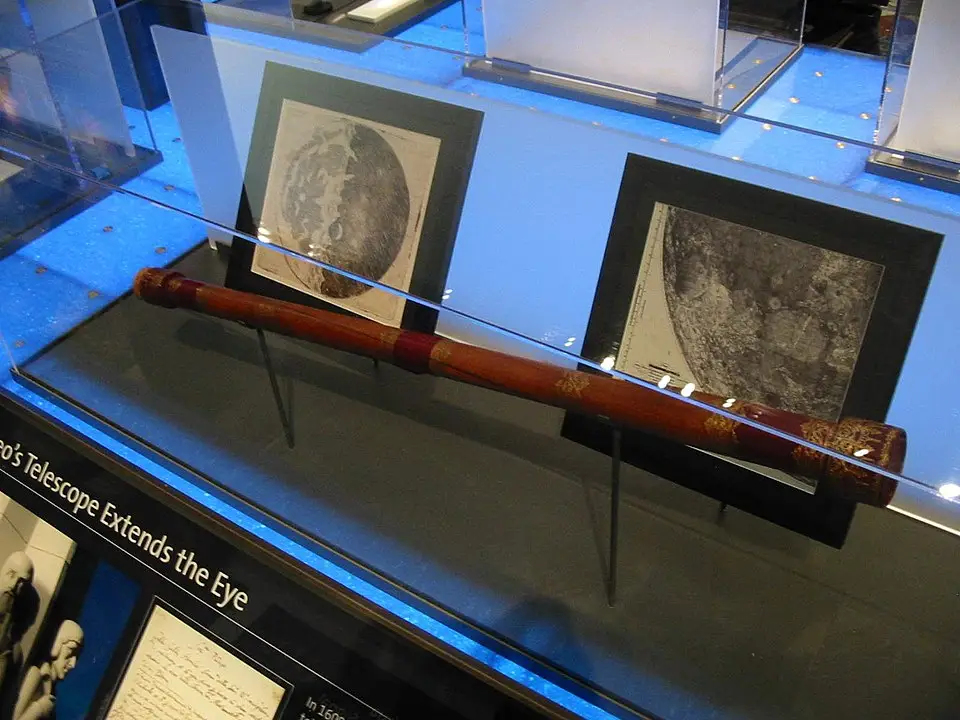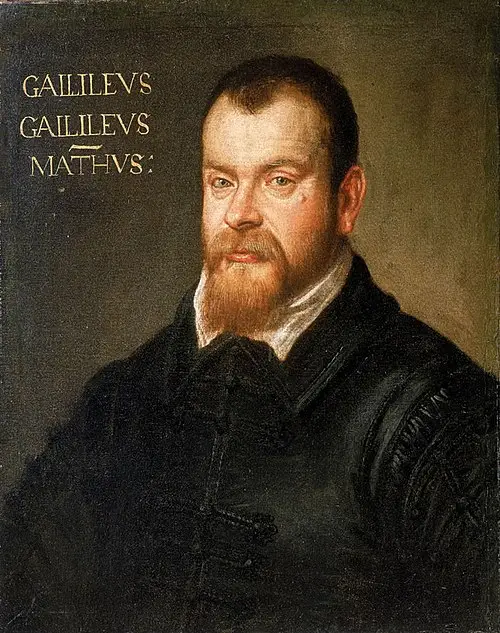
The Rebel with a Telescope
In an age when the Earth was believed to be the center of the universe, one man dared to look beyond tradition and into the stars. Galileo Galilei, the Italian polymath born in 1564, didn’t just observe the heavens—he revolutionized how we understand them. His telescope didn’t just magnify planets; it magnified truth. And that truth would shake the foundations of religion, science, and philosophy for centuries to come.
Early Life & Spark of Curiosity
Galileo was born in Pisa, Italy, to Vincenzo Galilei, a musician and music theorist. Though destined for medicine, Galileo’s curiosity led him to mathematics and physics. At the University of Pisa, he began questioning Aristotle’s teachings, conducting experiments that laid the groundwork for modern physics.
He discovered that objects fall at the same rate regardless of mass—a radical idea at the time. His early fascination with pendulums and motion would later evolve into groundbreaking studies on inertia and acceleration.
Groundbreaking Discoveries
Telescope Revolution
Though Galileo didn’t invent the telescope, he improved its magnification from 3x to 20x. In 1609, he pointed it skyward-and what he saw changed everything.
- Moons of Jupiter: Galileo discovered four moons orbiting Jupiter—Io, Europa, Ganymede, and Callisto. This shattered the geocentric model, proving not all celestial bodies revolve around Earth.
- Phases of Venus: Observing Venus’s phases confirmed the heliocentric model proposed by Copernicus.
- Sunspots: Galileo’s drawings of sunspots challenged the belief in celestial perfection.
- Lunar Craters: He revealed the Moon’s rugged terrain, contradicting the idea of heavenly smoothness.
- Milky Way: Galileo showed it was composed of countless stars, expanding our view of the cosmos.
These discoveries weren’t just scientific—they were philosophical. They forced humanity to reconsider its place in the universe.
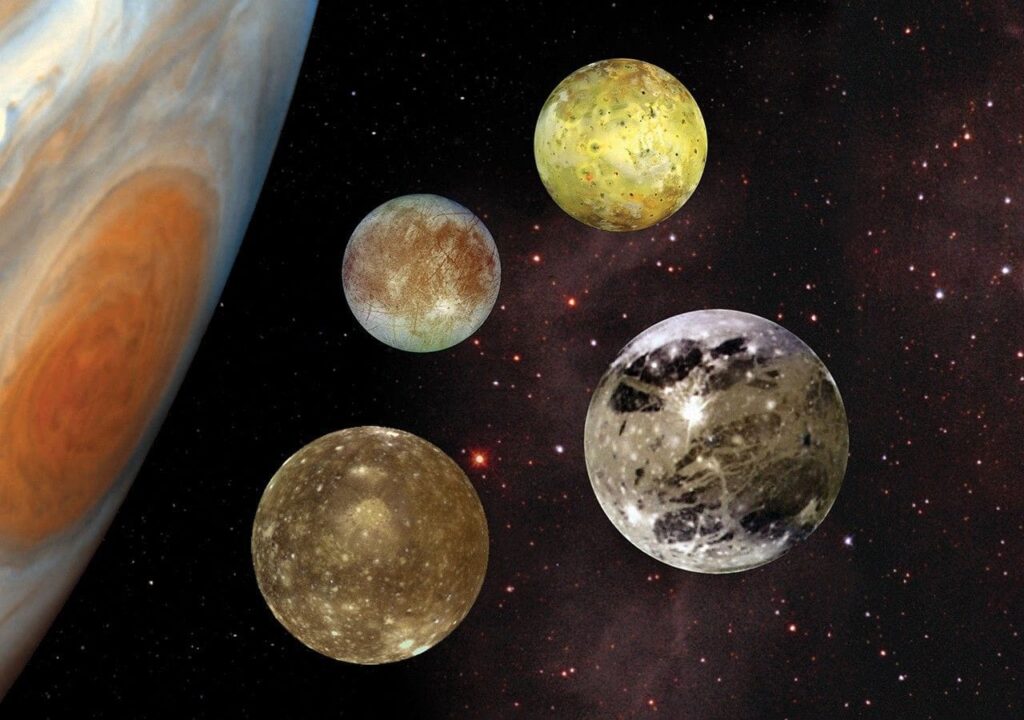
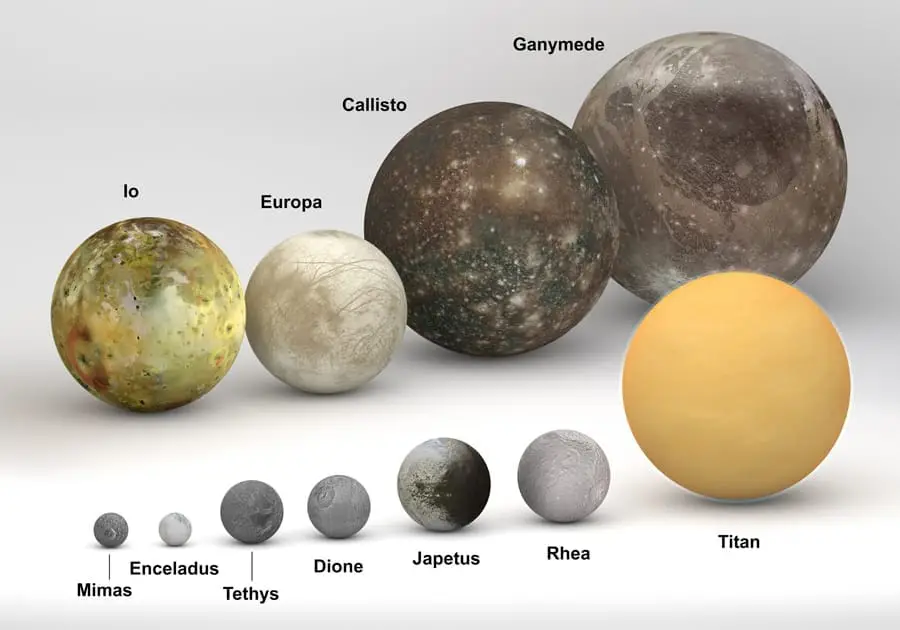
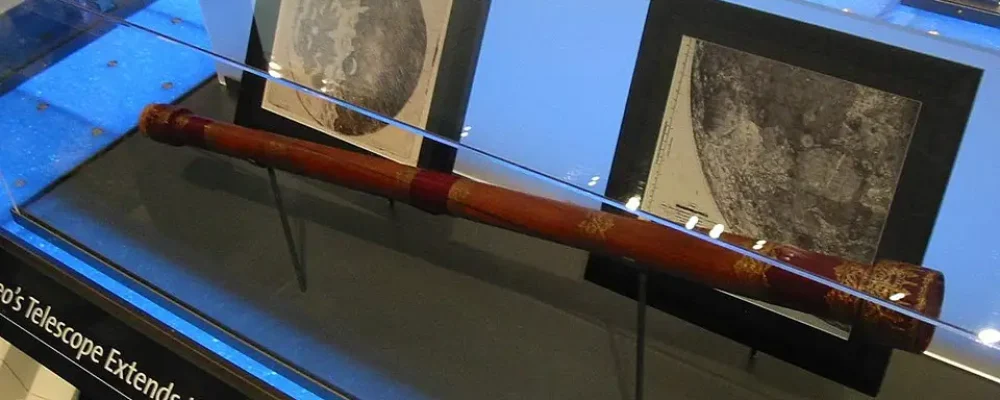
Conflict with the Church & Legacy
Galileo’s support for heliocentrism clashed with the Catholic Church’s teachings. In 1616, the Church declared heliocentrism heretical. Galileo was warned to abandon the idea. But he didn’t.
Heliocentrism is the astronomical model that places the Sun at the center of the solar system, with Earth and the other planets revolving around it. This was a revolutionary idea that replaced the earlier geocentric model, which believed that Earth was the center of the universe and everything else orbited it.
In 1632, he published Dialogue Concerning the Two Chief World Systems, a masterful defense of heliocentrism. The book’s satirical tone offended Pope Urban VIII, leading to Galileo’s trial by the Inquisition.
He was found “vehemently suspect of heresy” and forced to recant. Sentenced to house arrest, Galileo spent his final years in Arcetri, near Florence, writing Two New Sciences, which laid the foundation for classical mechanics.
Despite persecution, Galileo’s legacy endured. His courage inspired generations of scientists to pursue truth, even when it defied authority.
Galileo’s Influence Today
Galileo’s impact is everywhere:
- Scientific Method: He championed observation, experimentation, and mathematical analysis.
- Physics: His work on motion influenced Newton’s laws.
- Astronomy: His discoveries remain central to modern space science.
- Education: Galileo is a staple in science curricula worldwide.
- Space Missions: NASA’s Galileo spacecraft, launched in 1989, explored Jupiter and its moons in his honor.
His story is a reminder that science is not just about facts-it’s about courage, curiosity, and challenging the current situation.
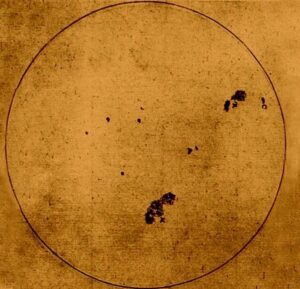
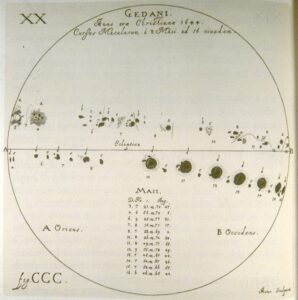
Who Should We Chronicle Next?
Galileo’s story is just one chapter in the cosmic saga of discovery. Who should we feature next in Stellar Chronicles? Kepler, Newton, or perhaps a modern pioneer like Vera Rubin?
Drop your suggestions in the comments or email us at . Let’s celebrate the minds that dared to look up and ask, “What if?”

